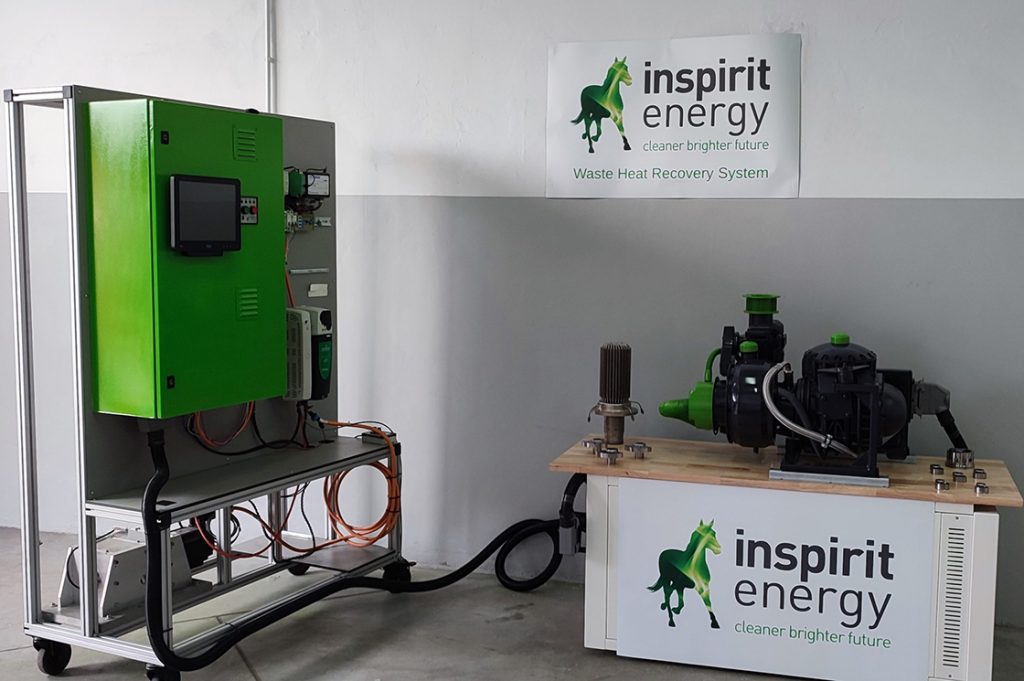Could low carbon hydrogen replace natural gas?

The UK government is determined to increase the production of low carbon hydrogen in a move that could see hydrogen replace natural gas in domestic heating and industrial energy supplies. In an ambitious move, there are plans to introduce the world’s first national hydrogen subsidy scheme. This would see the sale of green and blue hydrogen subsidised, therefore able to compete on price with cheaper but highly polluting grey hydrogen. This all makes sense so far, but what next?
How would the scheme work?
In what is referred to as contracts for difference, the government would subsidise the difference between the sale price and market price of both green and blue hydrogen. There would also be contractual mechanisms to incentivise producers to increase the sale price, thereby reducing government subsidies in the longer term.
Last year, the Business Secretary Kwasi Kwarteng set a target of 5 GW of low carbon hydrogen capacity by 2030. However, the recent update of the government’s energy policy saw this figure doubled to 10 GW, split 50/50 between green and blue hydrogen. The contracts for difference mechanism should be in place by the end of 2022 with the first live contracts to be awarded from 2023.
Who will fund the government scheme?
The UK government expects to introduce a levy by 2025, which would fund the contracts for difference scheme. If, as expected, the first contracts are awarded before 2025, funding will be taken from general taxation. When looking at any clean energy products available today, there will always be an element of taxpayer subsidy until volume and technology advances hit the sweet spot.
What is green hydrogen?
Green hydrogen is released by electrolysis, which splits water into hydrogen and oxygen. This is seen as the cleaner type of energy because renewable resources would power the process. This would limit both emissions and damage to the environment.
What is blue hydrogen?
While hydrogen itself has no emissions, the process to release blue hydrogen is carbon-intensive. It involves combining natural gas with steam to produce hydrogen. However, no emissions are released into the atmosphere using high-tech carbon capture technology.
What is grey hydrogen?
The release of grey hydrogen is linked to natural gas and fossil fuels. Via a process known as “steam reforming”, the hydrogen is released with significant CO2 emissions. While the production of blue hydrogen is a similar format, this is carried out in a different environment where the carbon emissions are captured. Consequently, campaigners are looking to stop the use of grey hydrogen in favour of the green and blue variations.
More government announcements on hydrogen
The UK government also confirmed the creation of a £240 million Net Zero Hydrogen Fund, used to fund the development and capital costs of low carbon hydrogen projects. Then we have ongoing guidance on greenhouse gas emissions and various studies on global emissions so that green energy providers can stay up-to-date with the latest data. While announced in February, there is also a £26 million Industrial Hydrogen Accelerator Programme which will be used to fund innovative projects demonstrating end-to-end industrial fuel switching to hydrogen.
Is hydrogen the future?
Many people will be unaware of the various types of hydrogen, green, blue and grey, which have very different carbon footprints. While many experts have seen green and blue hydrogen as a long-term replacement for grey hydrogen and natural gas, this has taken some time to filter through to the politicians. It is also important to note that hydrogen is easy to store and pipe to homes and businesses, similar to natural gas.
Interestingly, if the UK government hits its Net Zero target by 2050 (many see this as unachievable), then hydrogen would require a UK energy market share of around 35%. While this is ambitious, it is worth noting there is also a push within the car industry to move to hydrogen batteries. The funding is in place, and the technology advancing. So what’s stopping the UK from becoming the hydrogen energy/technology capital of Europe and indeed the world?
Photo by Jarosław Kwoczała on Unsplash
Other News
Register your interest
To follow our technology for a sustainable future, please enter your email address to register your interest.


